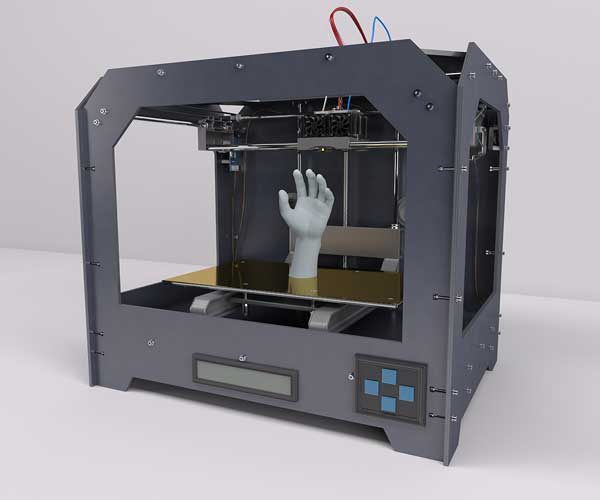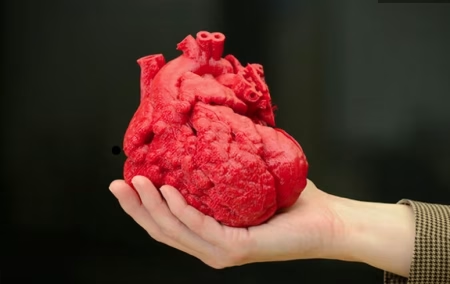Introduction: The 3D Printing Revolution
3D printing, once considered a niche technology, has exploded into mainstream use across industries. From creating life-saving medical implants to constructing houses in under 24 hours, this innovative technology is reshaping how we manufacture, create, and solve problems. In this deep dive, we’ll explore seven remarkable ways 3D printing transforms our world, with real-world examples that sound like science fiction but are happening today.
1. Medical Miracles: Saving Lives Layer by Layer
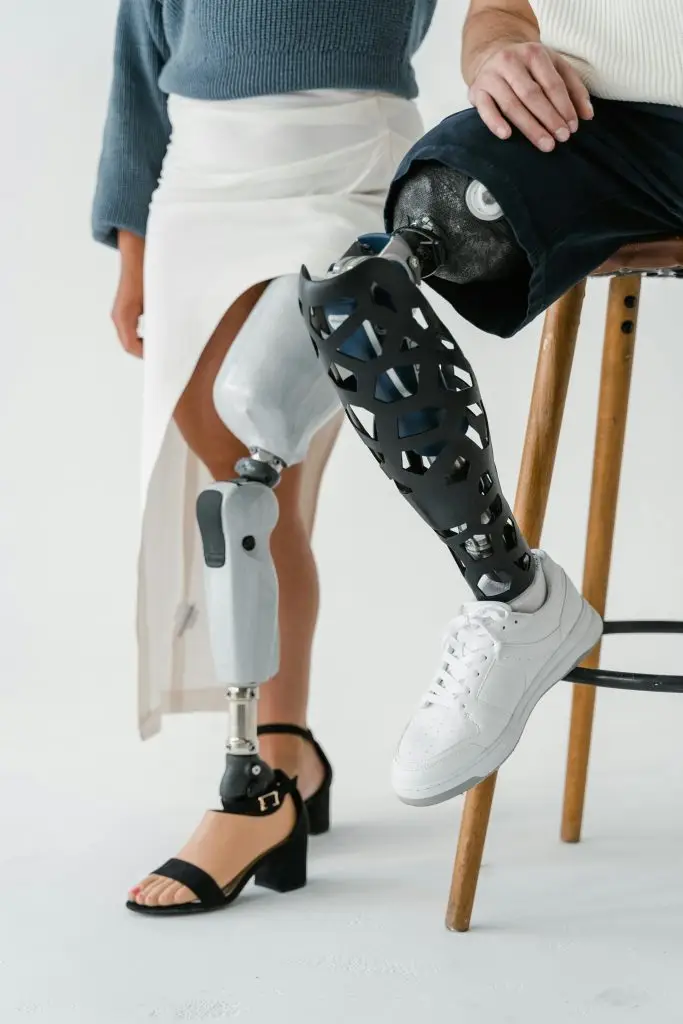
The healthcare sector has embraced 3D printing for its ability to create customized solutions:
- Custom Prosthetics: Traditional prosthetics cost thousands and require multiple fittings. Now, organizations like e-NABLE produce functional 3D-printed prosthetic hands for children at just $50 in materials.
- Bioprinting Organs: Researchers have successfully printed living tissues. Wake Forest Institute has created miniature human livers for drug testing, while Israeli scientists printed the world’s first vascularized heart using a patient’s own cells.
- Dental Innovations: Over 5 million dental crowns are now 3D printed annually, with procedures completed in single visits instead of weeks.
Why it matters: 3D printing makes healthcare more accessible and personalized while accelerating innovation.
2. Space Exploration: Manufacturing Beyond Earth
NASA and private space companies are leveraging 3D printing to overcome cosmic challenges:
- Rocket Components: SpaceX uses 3D-printed SuperDraco engines in its Crew Dragon spacecraft, reducing parts from hundreds to just a few dozen.
- In-Space Manufacturing: The International Space Station’s 3D printer has produced tools on demand, proving that manufacturing in zero gravity works.
- Mars Habitats: NASA’s 3D-Printed Habitat Challenge inspired designs for future Mars colonies using local regolith (soil) as building material.
The future: Astronauts may one day print replacement parts – or even entire bases – on distant planets.
3. Construction: Printing Homes in Hours
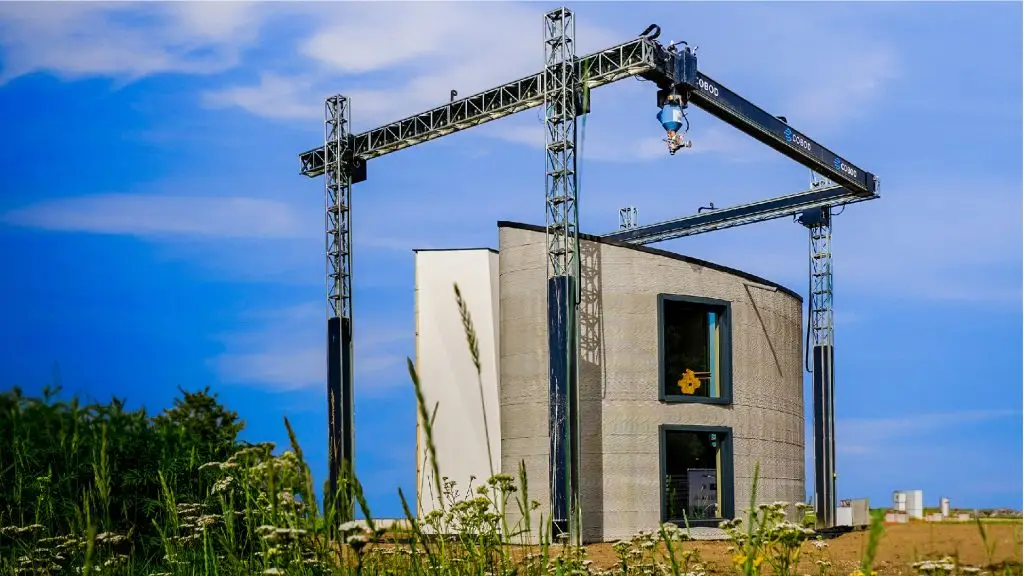
The construction industry is undergoing a radical transformation:
- Affordable Housing: ICON’s Vulcan printer can build a 500 sq ft home in under 24 hours for just $4,000 in materials. Their Texas development will feature 100 printed homes.
- Disaster Relief: 3D-printed shelters can be rapidly deployed using local materials after earthquakes.
- Architectural Freedom: Dubai’s Office of the Future, the world’s first 3D-printed office building, features organic shapes impossible with traditional construction.
By the numbers: The 3D construction market is projected to reach $1.5 billion by 2027.
4. Sustainable Fashion: Redefining Wearable Art
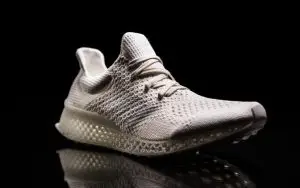
Designers are merging technology with eco-consciousness:
- Zero-Waste Production: Adidas’ Futurecraft trainers use 3D printing to create midsoles with exactly the needed material, eliminating waste.
- Haute Couture: Iris van Herpen’s stunning 3D-printed dresses have graced Paris runways and museum exhibits.
- Custom Jewelry: Brands like Nervous System create intricate, personalized pieces on demand.
Environmental impact: 3D printing reduces textile waste and enables local production, shrinking fashion’s carbon footprint.
5. Automotive Innovation: Lighter, Faster, Custom
Car manufacturers are racing to adopt 3D printing:
- Performance Parts: Bugatti’s Chiron features 3D-printed titanium brake calipers that are stronger yet 40% lighter than traditional ones.
- Classic Car Restoration: Rare parts for vintage vehicles can be digitally recreated and printed.
- Electric Vehicles: Local Motors’ Olli is a 3D-printed, self-driving electric shuttle with customizable interiors.
Industry shift: BMW plans to 3D print 1 million components annually by 2025.
6. Food Technology: Printing Edible Creations
The culinary world is embracing 3D printing:
- Personalized Nutrition: Foodini printer creates perfectly portioned meals with customized nutrient profiles.
- Alternative Proteins: NovaMeat prints plant-based steaks with realistic meat textures.
- Space Food: NASA funds research into 3D-printed meals for long space missions.
Fun fact: Some restaurants now offer 3D-printed chocolate desserts with impossible geometric designs.
7. Education: Hands-On Learning Revolution
Schools worldwide are using 3D printers to:
- Teach STEM Concepts: Students design and print prototypes, learning engineering principles hands-on.
- Create Assistive Devices: University students regularly design 3D-printed solutions for disabled community members.
- Preserve History: Museums print replicas of fragile artifacts for interactive exhibits.
Educational impact: Studies show students using 3D printers demonstrate 30% better retention of complex concepts.
The Future of 3D Printing: What’s Next?
Emerging trends to watch:
- 4D Printing: Materials that self-assemble or change shape over time
- Mass Customization: Everything from shoes to car interiors is made-to-order
- Desktop Factories: Small businesses manufacturing products locally
- AI Integration: Generative design software creating optimized structures
Conclusion: A World Reshaped Layer by Layer
From transforming life-saving medical treatments to enabling sustainable manufacturing, 3D printing proves that the future of production is digital, decentralized, and democratic. As prices continue to drop and capabilities expand, this technology will increasingly touch every aspect of our lives – in ways we’re just beginning to imagine.
Ready to explore 3D printing? Check out our beginner’s guides and product recommendations to start your additive manufacturing journey today!

